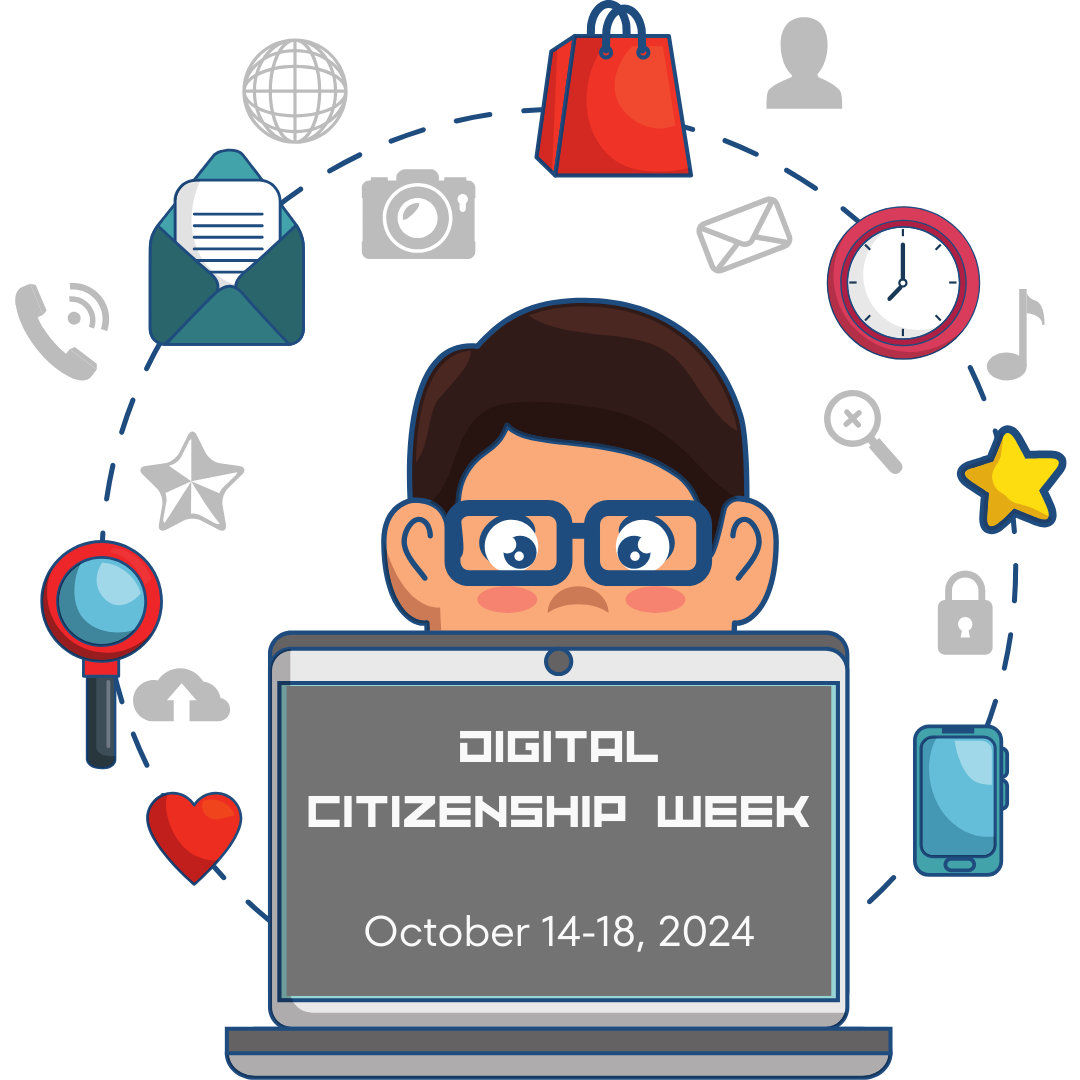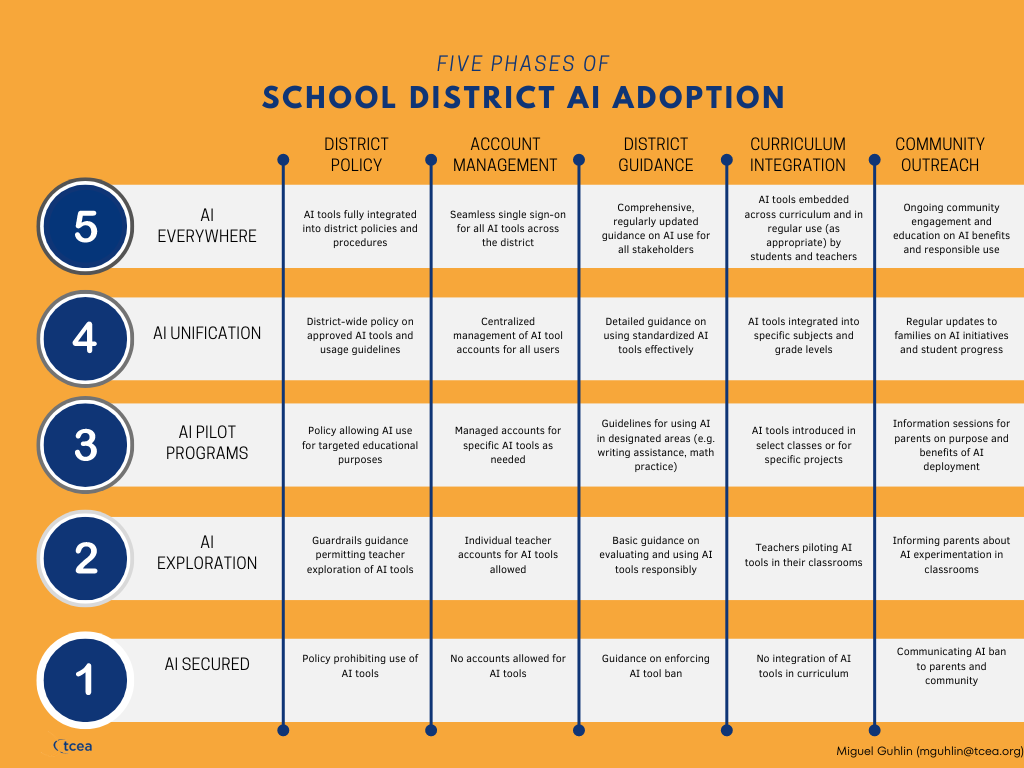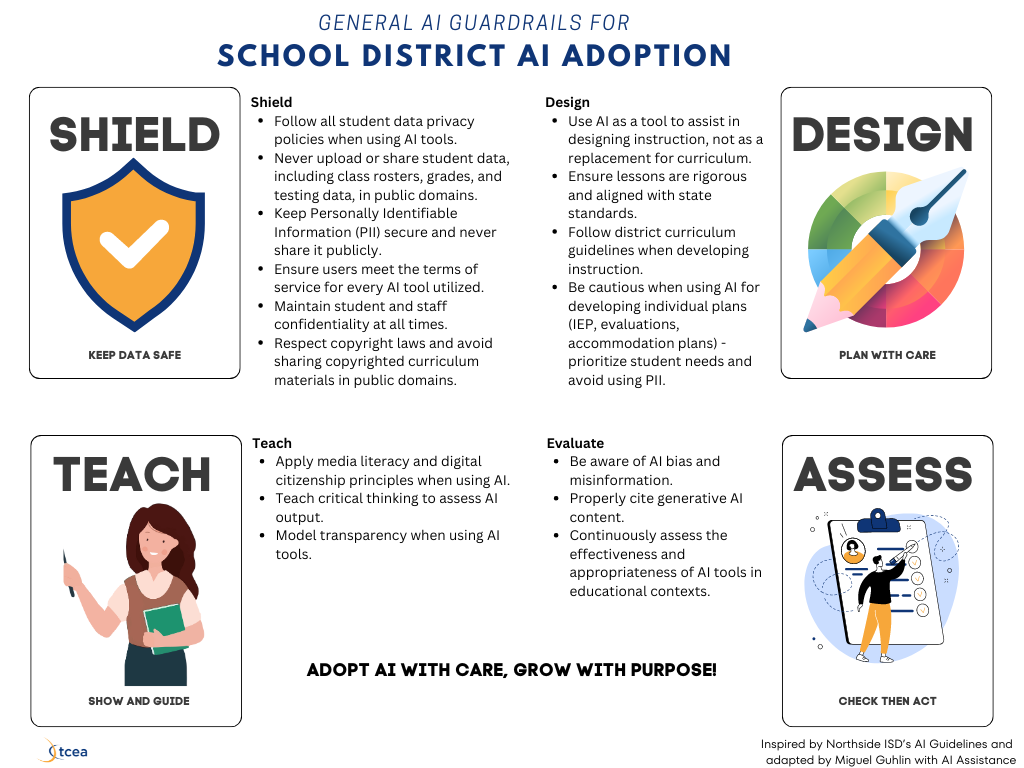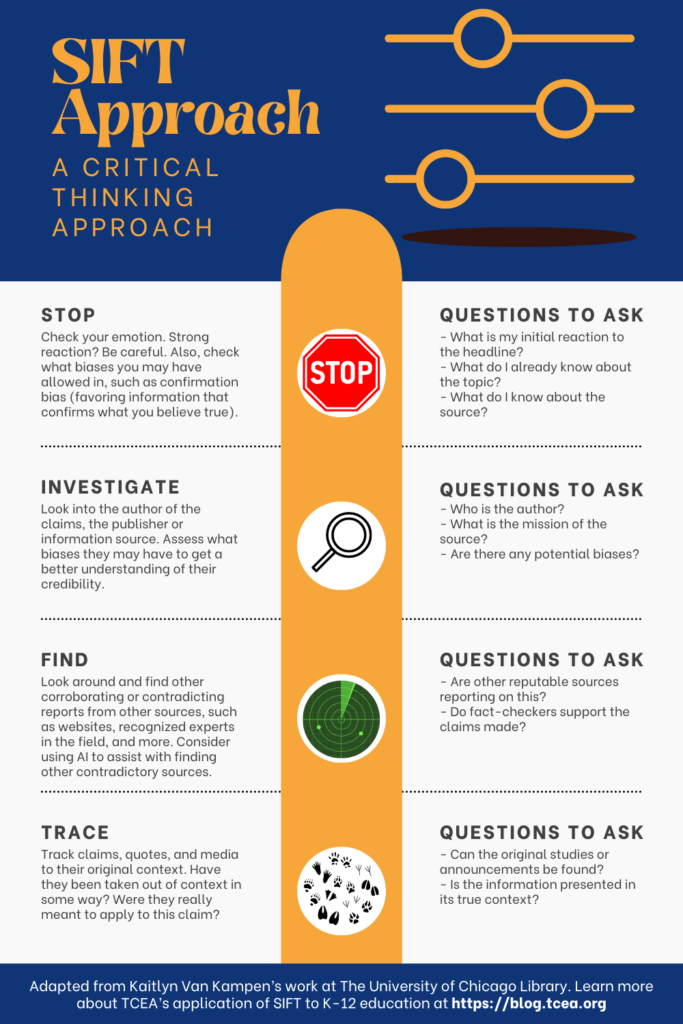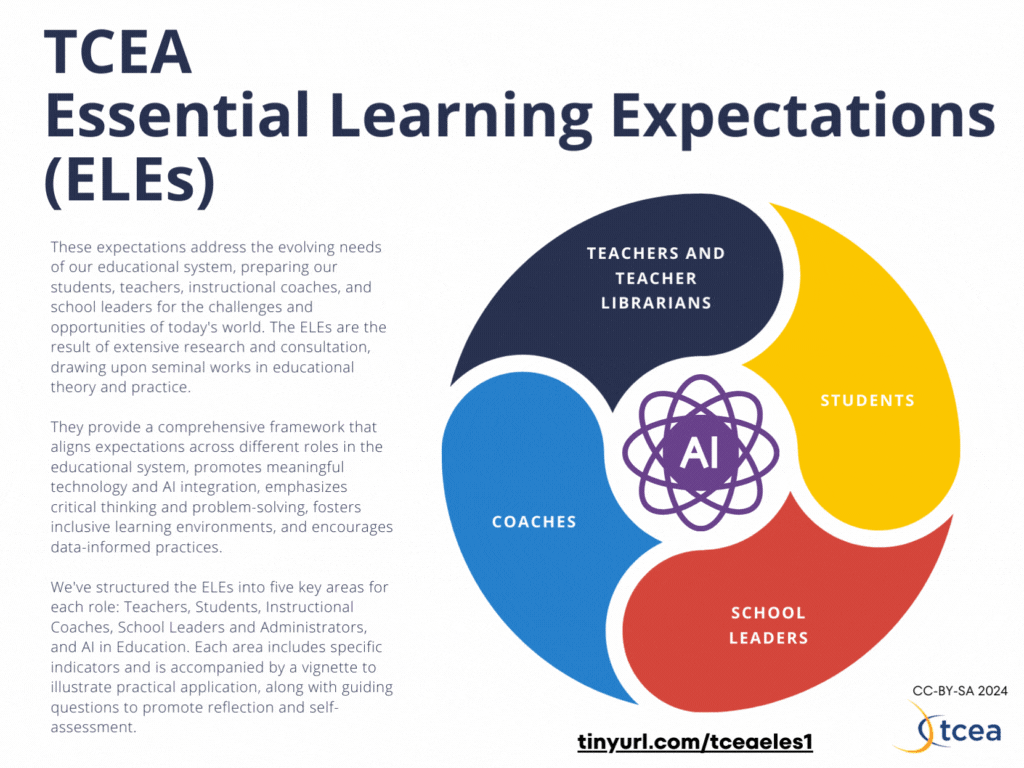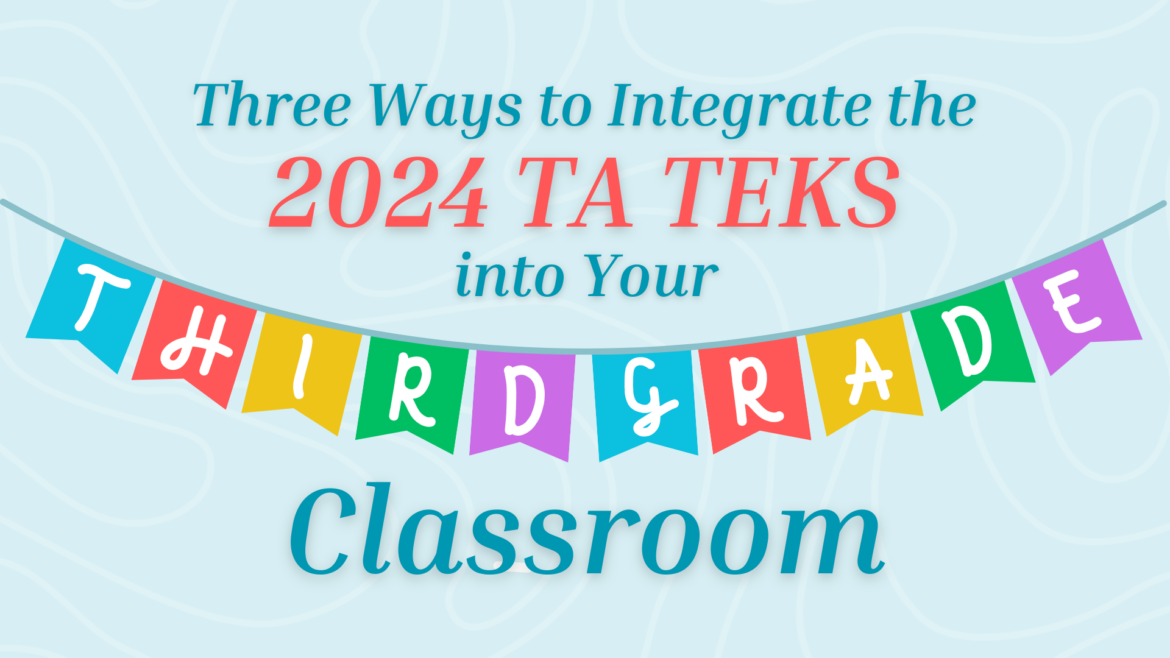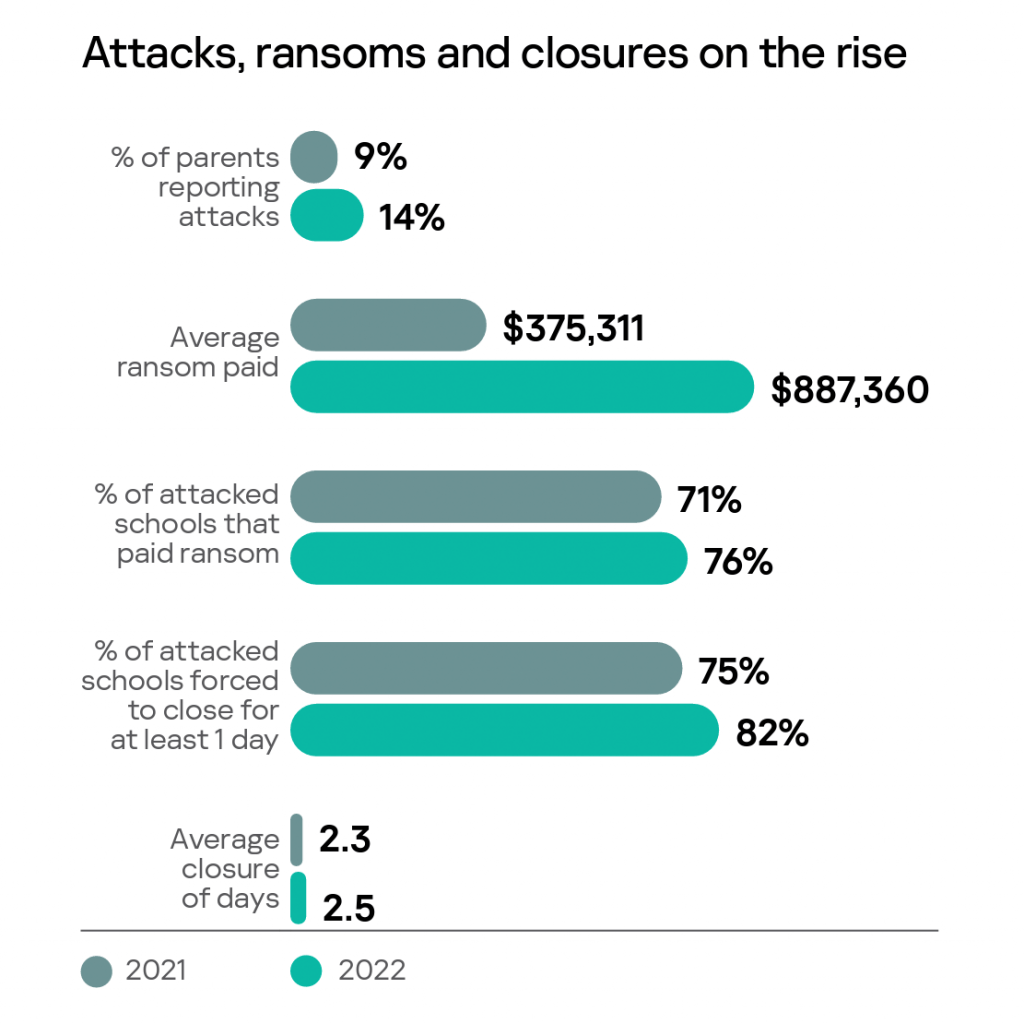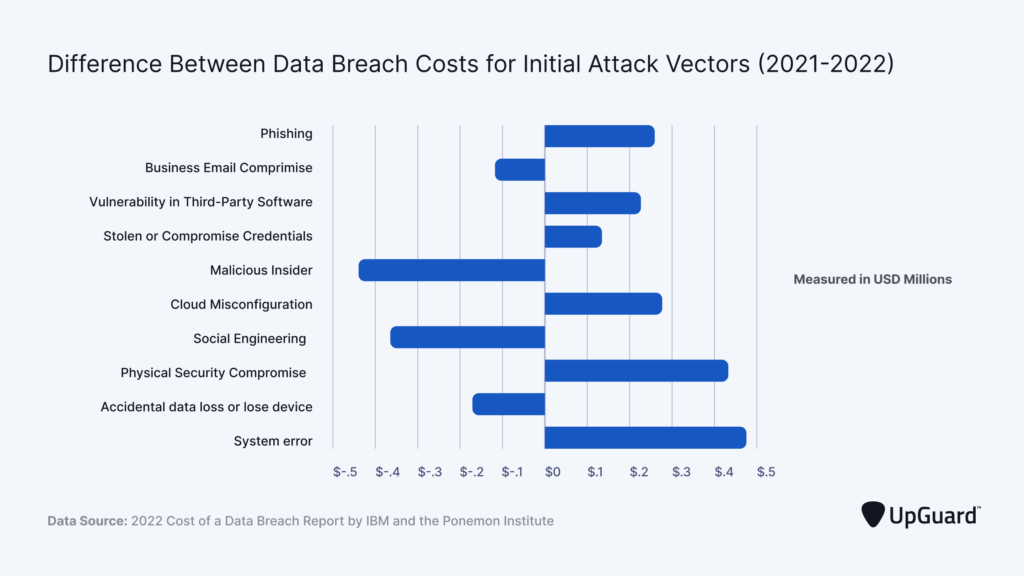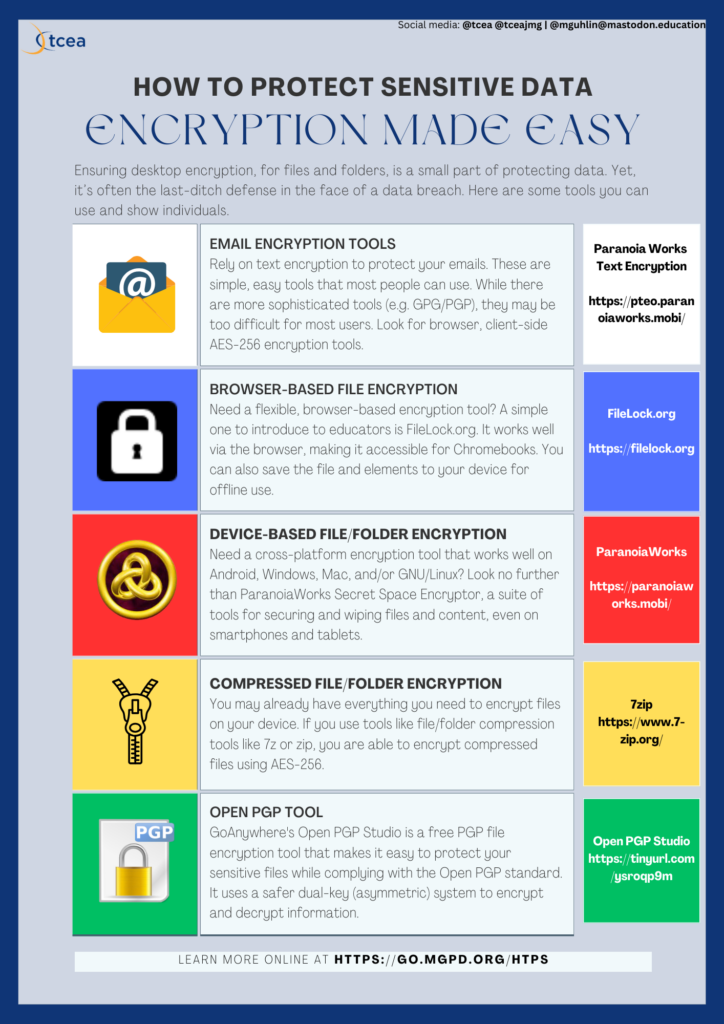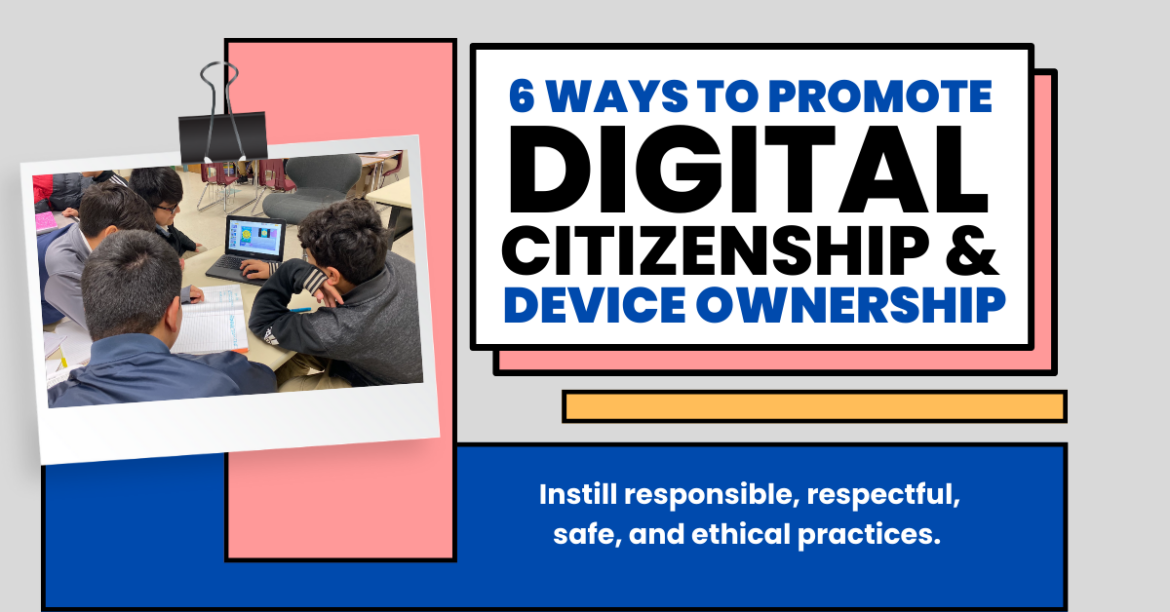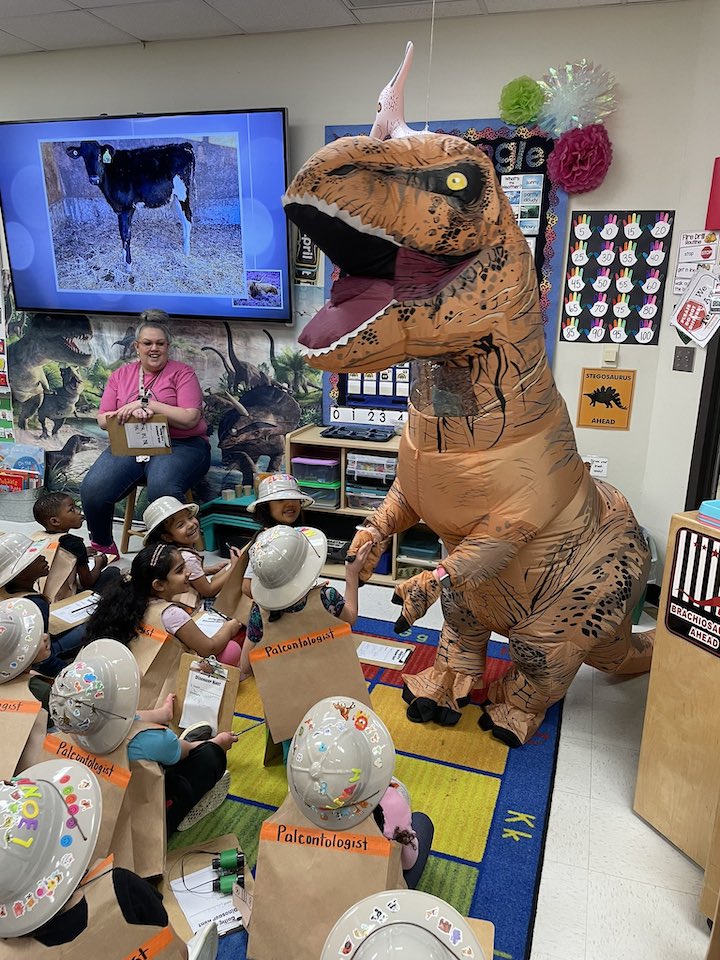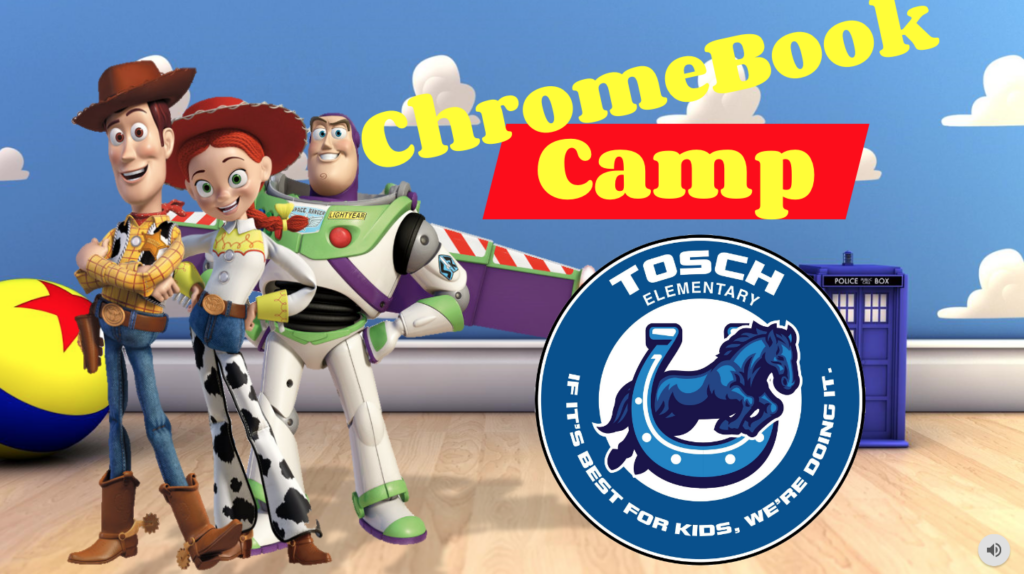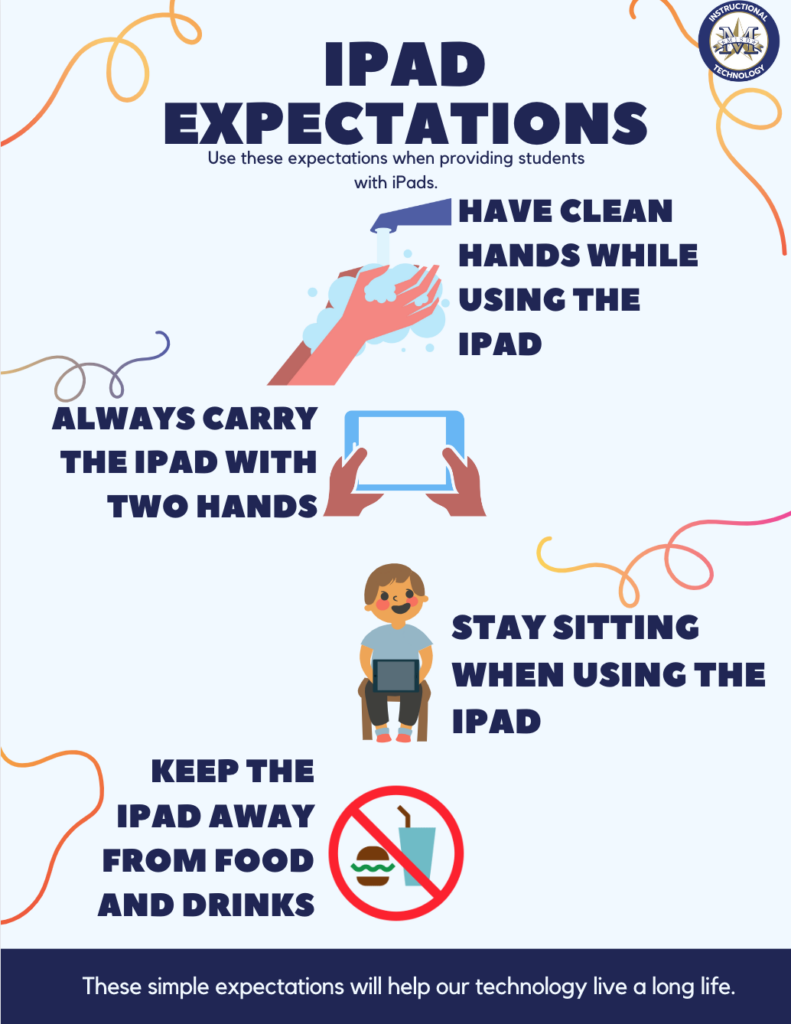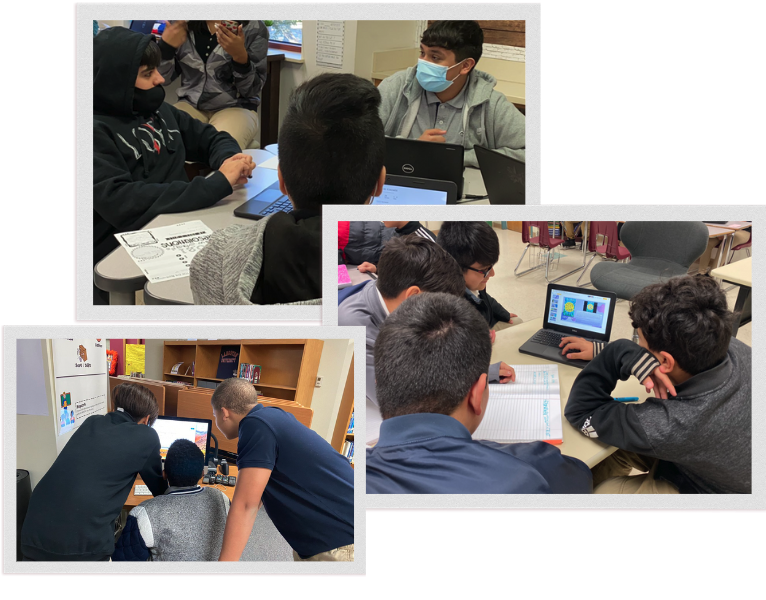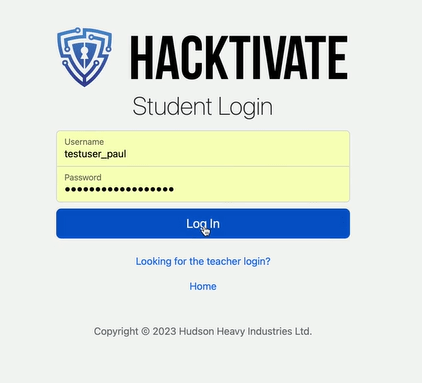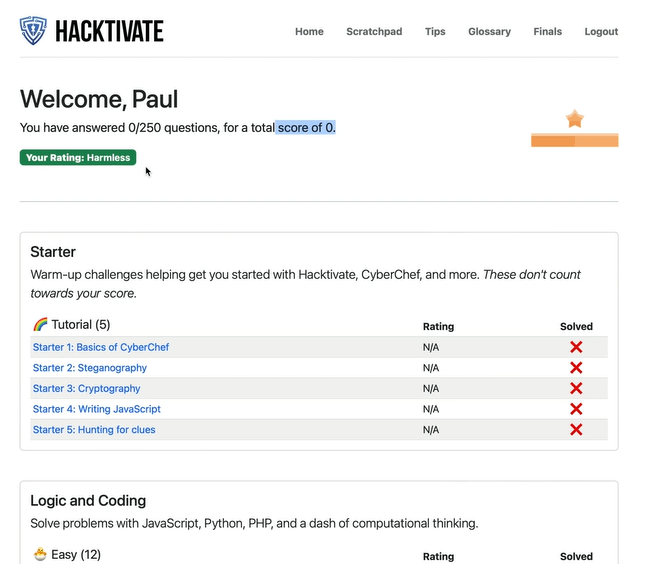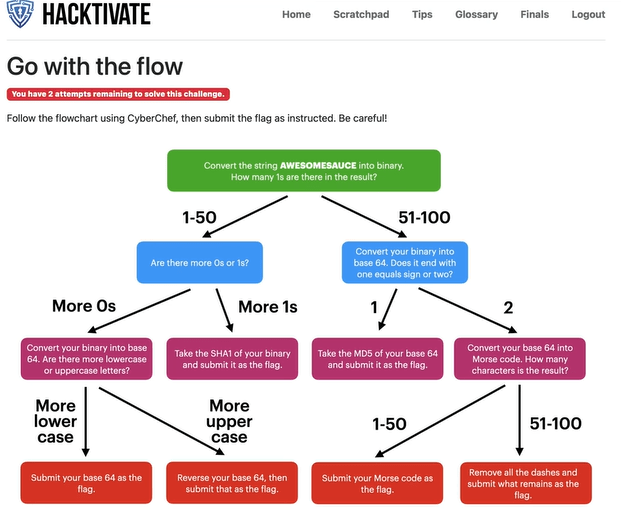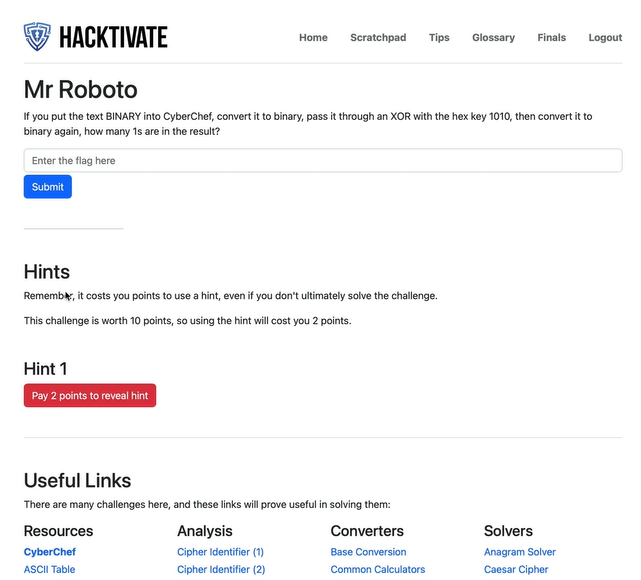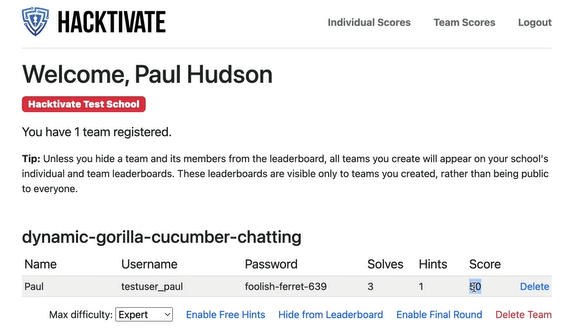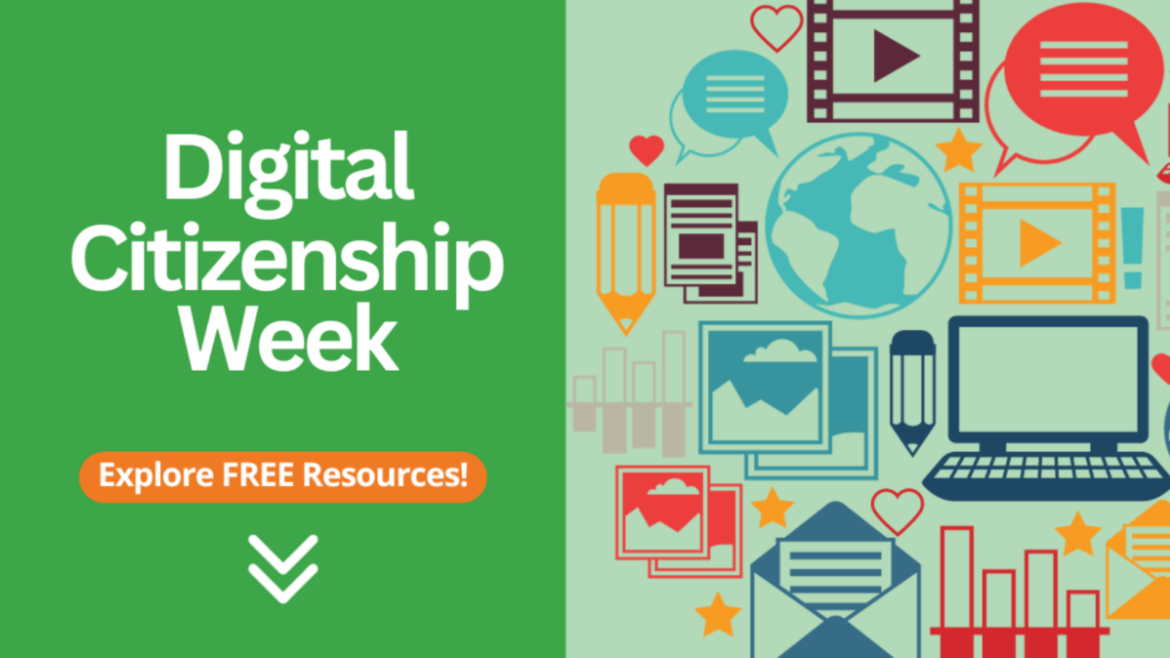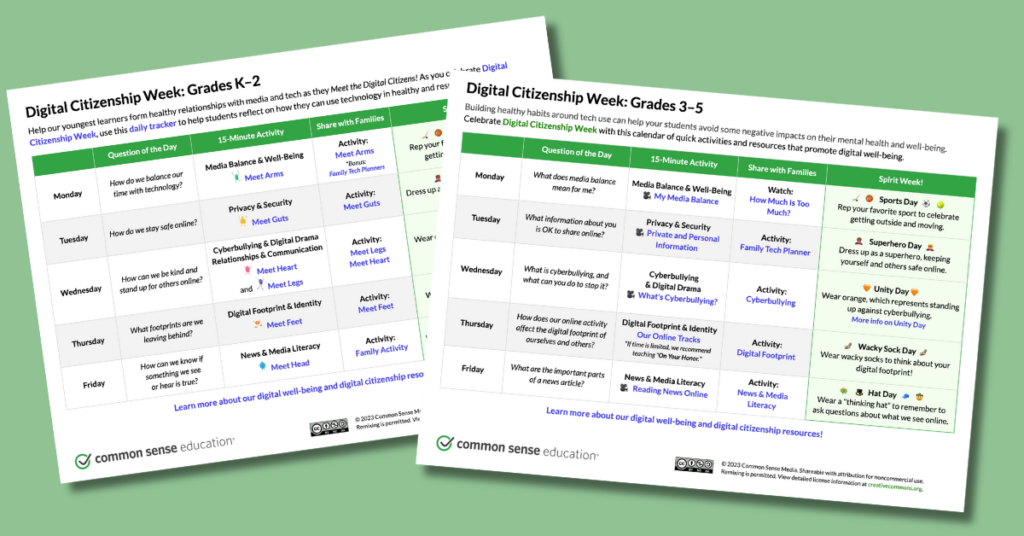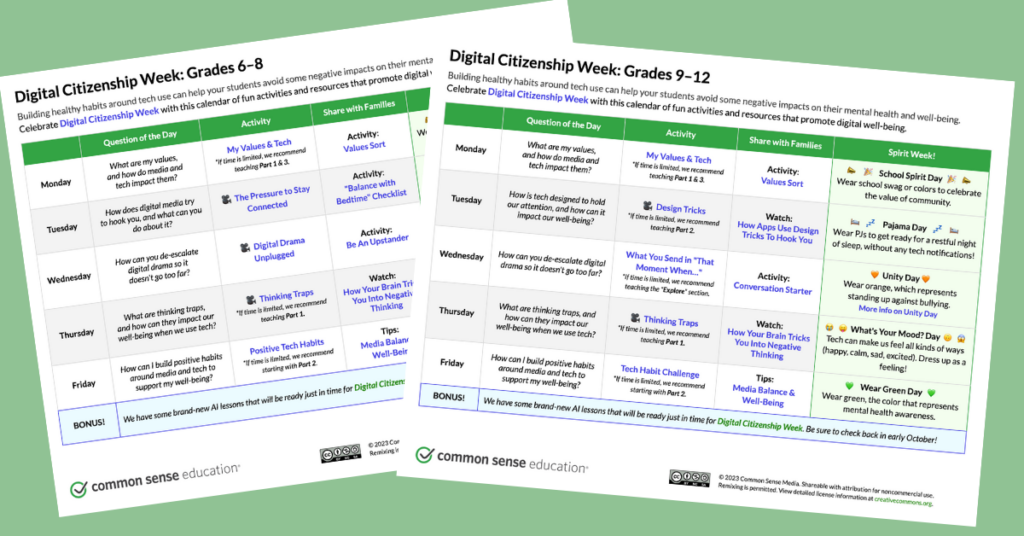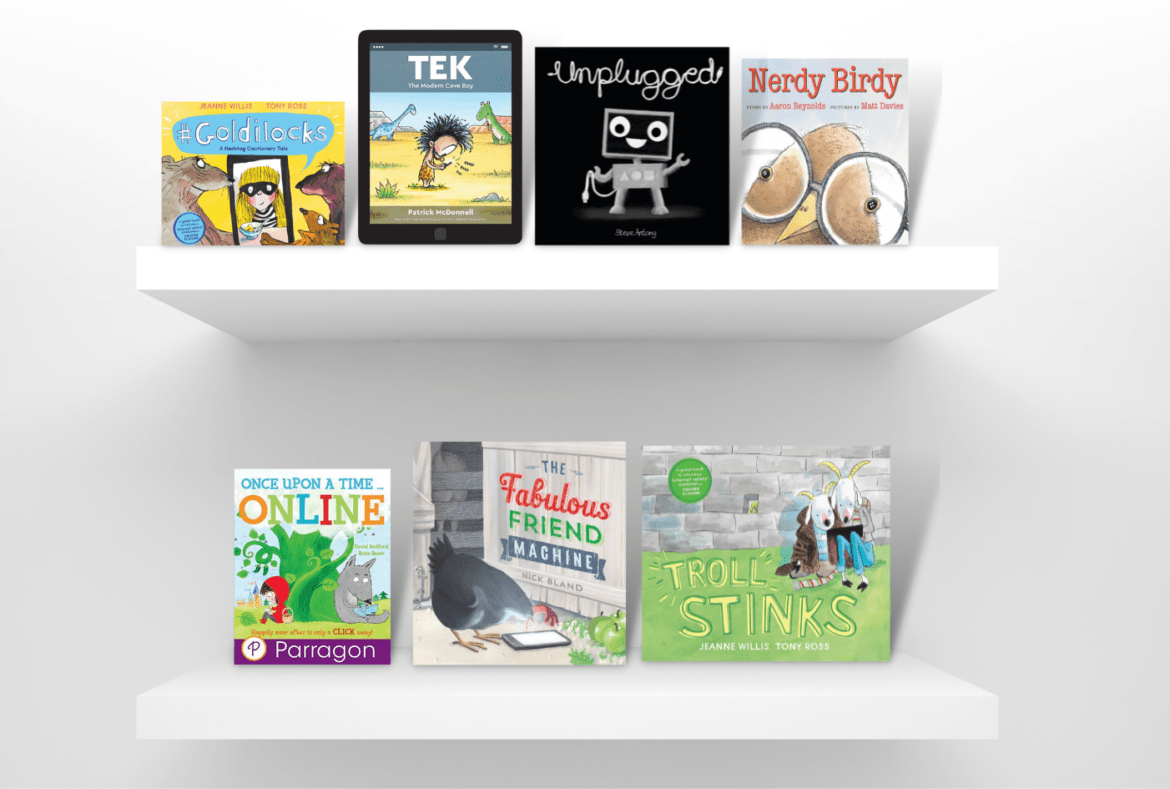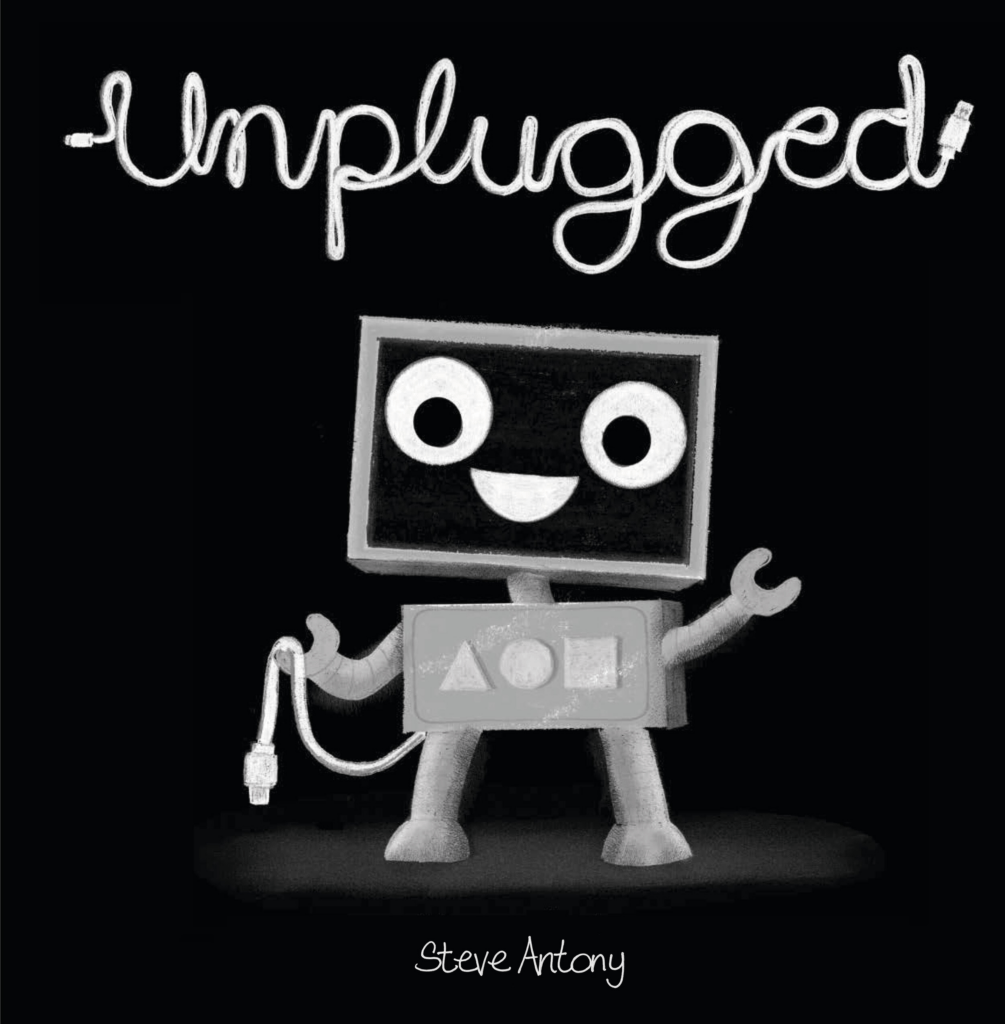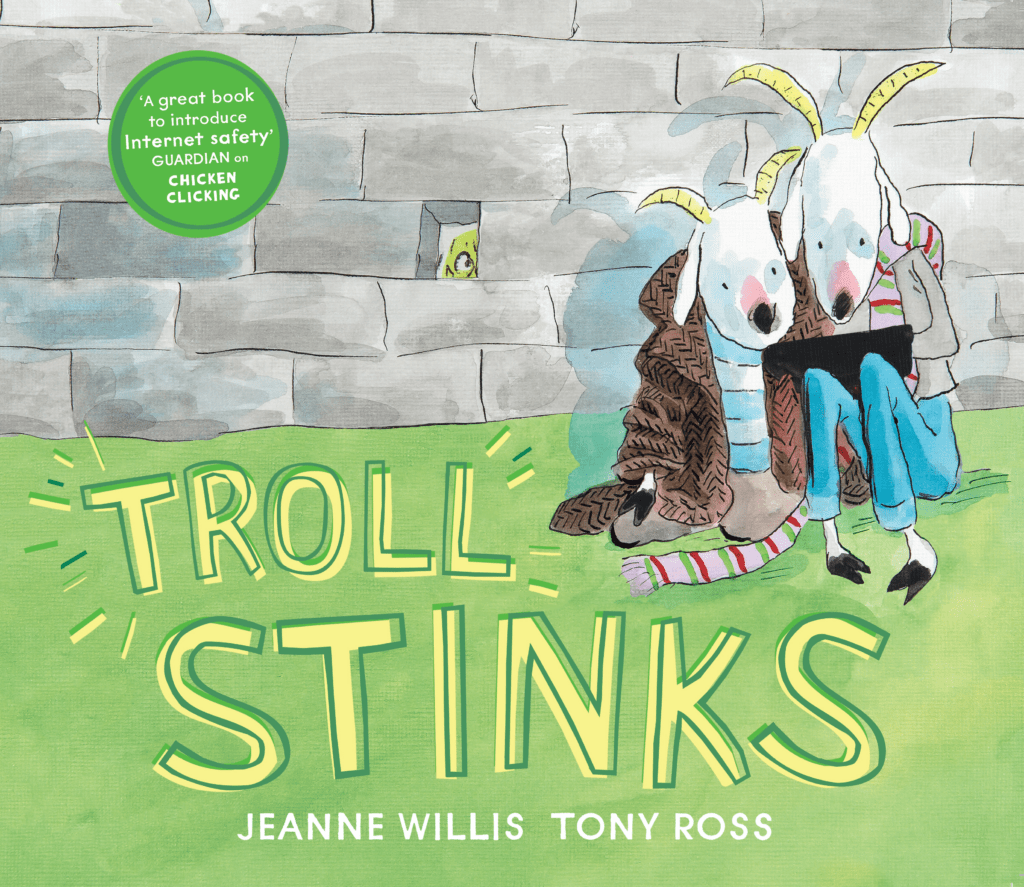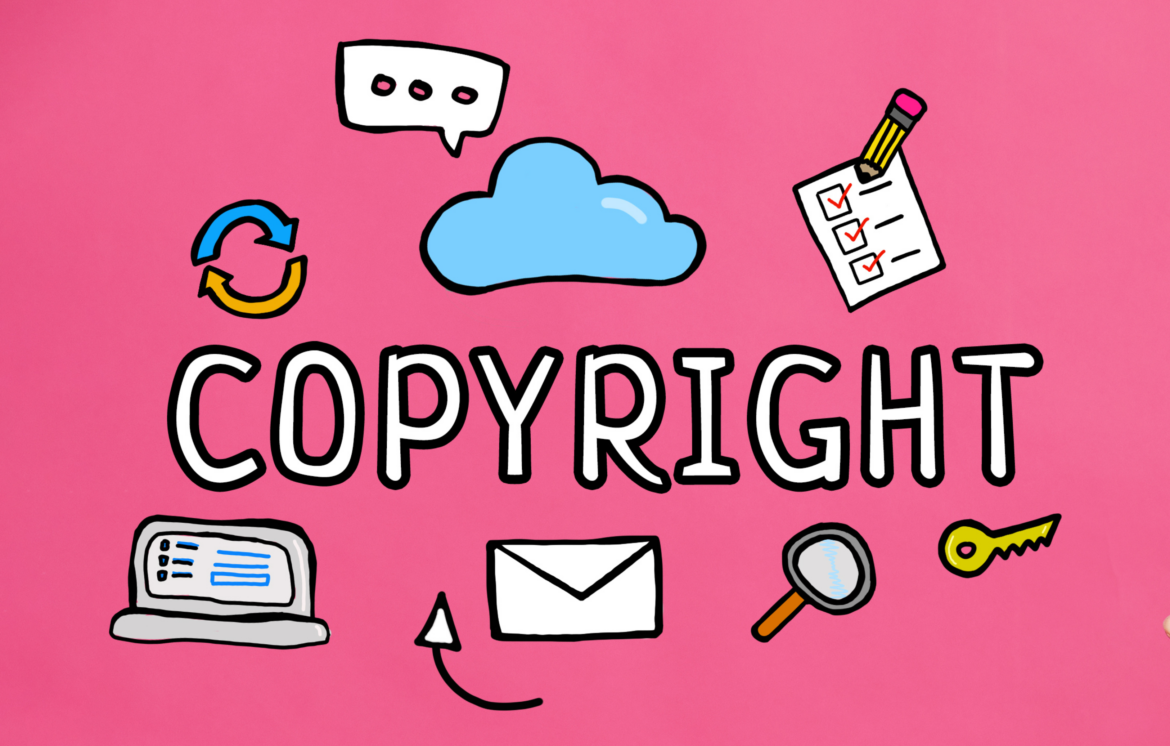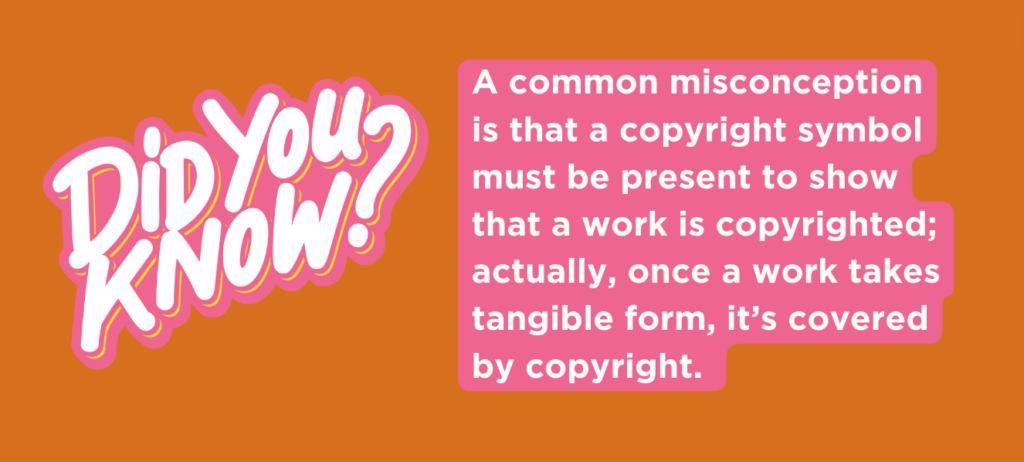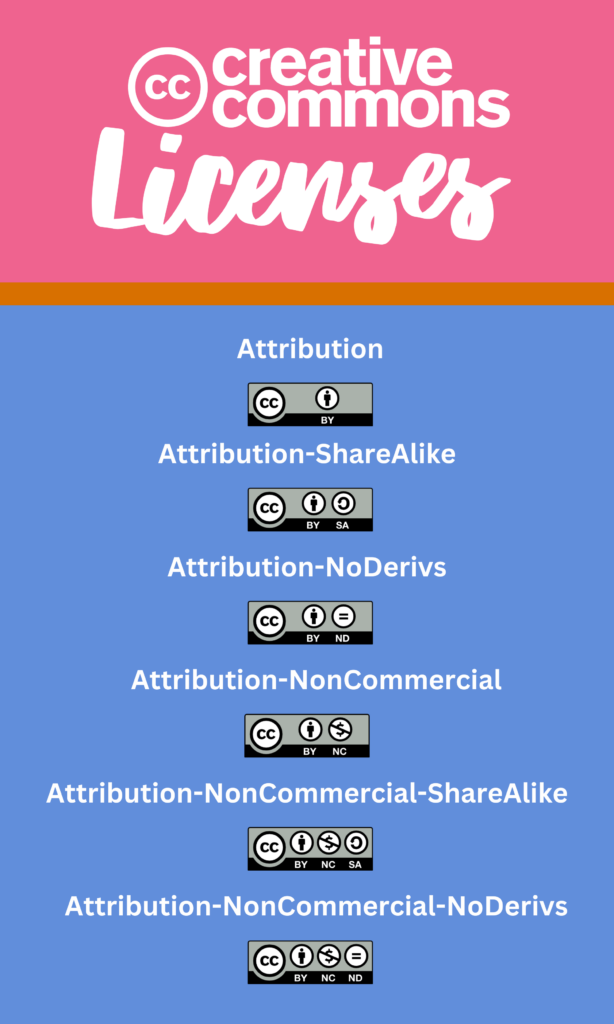Explore resources and strategies for teaching digital citizenship. Help students navigate the online world responsibly and safely.
Mark your calendars, educators! Digital Citizenship Week takes place during the third week of October. This annual event provides an excellent opportunity for teachers to focus on equipping students with the skills and knowledge they need to navigate the digital world safely, responsibly, and effectively.
In today’s interconnected world, digital citizenship has become a fundamental literacy that extends far beyond the classroom. As educators, we play a crucial role in helping our students develop healthy habits, critical thinking skills, and ethical behavior in their online interactions.
I have created a couple of resources for you to use in the classroom.
The Digital Citizenship Breakout

In honor of Digital Citizenship Week, here is a digital breakout to use with your students in the classroom. The DC Breakout has four digital locks, and I think it is geared for fifth grade and above. Unlike my previous breakouts, there are more text than images. AND just like all my breakouts, I can provide the four lock answers if you email me at preimers@tcea.org. If you need more information on digital breakouts, please check out my Digital Breakouts 101 blog.
Cyber Safety Presentation and Quiz

Canva has awesome resources for educators. I added some pops of color to this education template, Cyber Safety which has 11 tips for older elementary and middle school students. I also created a ten question Google Form Quiz based on the Cyber Safety presentation. After submitting, students can receive their score and correct answers.
Remember, while Digital Citizenship Week provides an opportunity to focus on digital citizenship, these skills should be reinforced throughout the year. By consistently building this skill set, we can help our students become responsible, empowered digital citizens who can thrive in our increasingly connected world.
Other Digital Citizenship Ideas and Resources
Cybersecurity for Everyone – From Students to Senior Citizens
5 Free, Ready-to-Use Digital Citizenship Resources for PK-12 Lessons
A Digital Citizenship Framework and Lessons
6 Ways to Promote Digital Citizenship and Device Ownership
Free K-12 Cyber Workforce Curriculum
Celebrate Digital Citizenship Week

